













The magazine of the art-form of the photo-essay
“A free, really high quality photo-essay magazine. Fabulous!”
Stephen Fry. British actor, writer and film & documentary maker

May 2014 issue



by Damian Bird

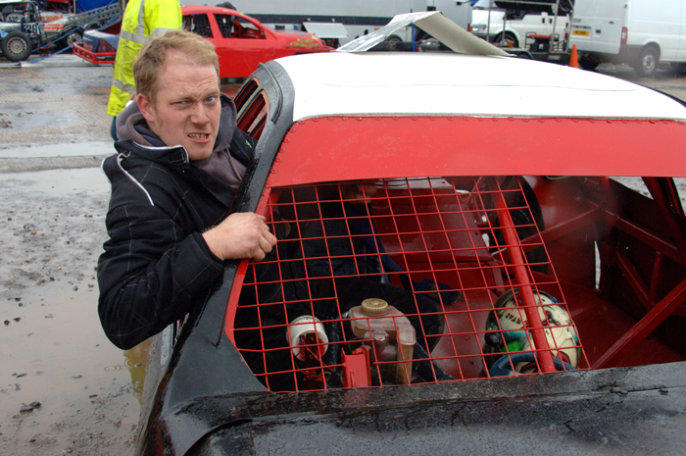
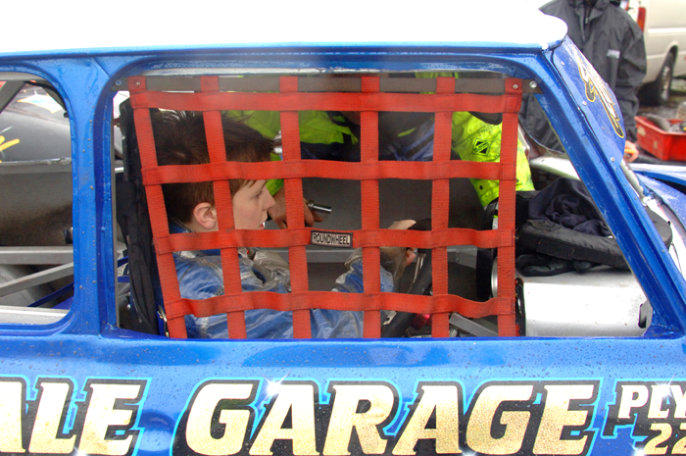
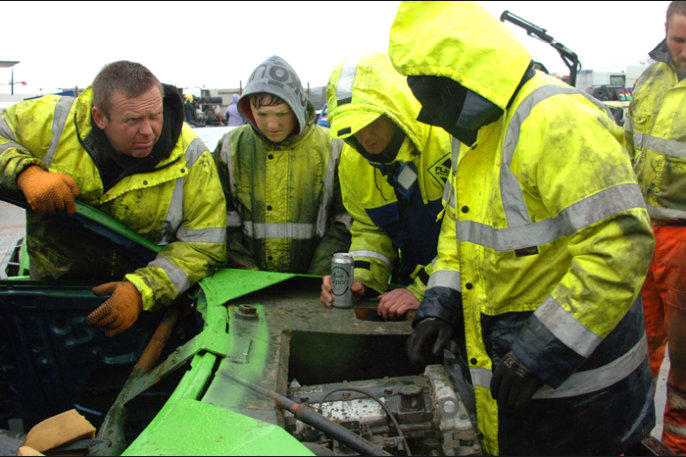
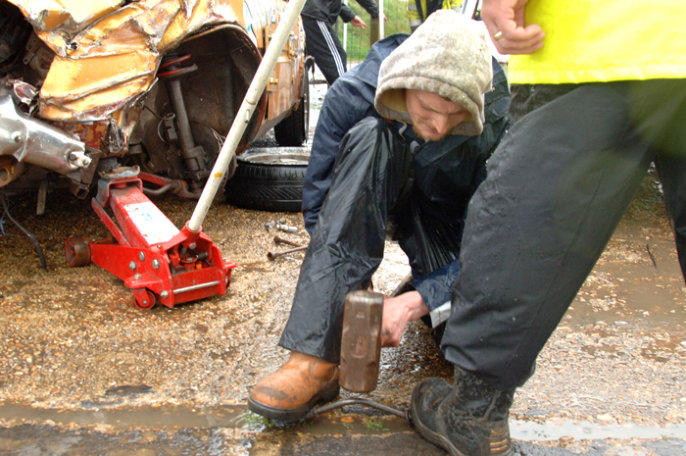
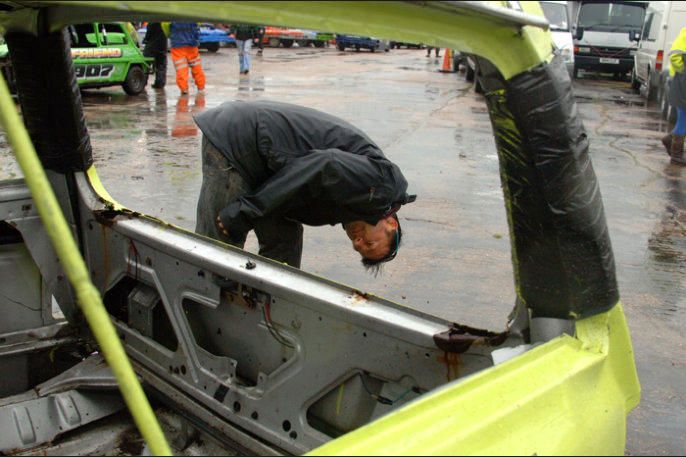
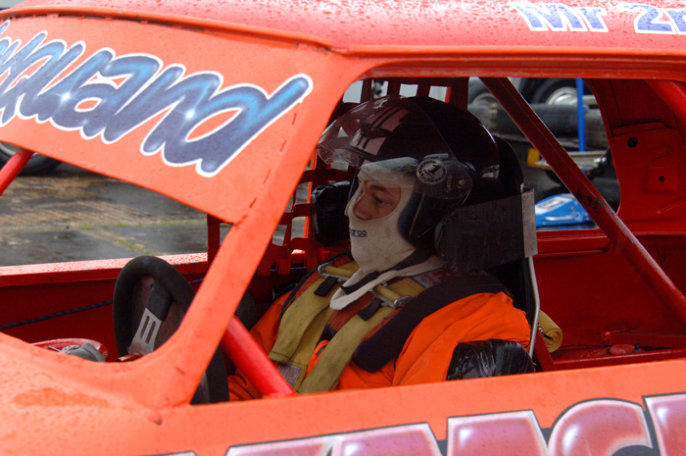
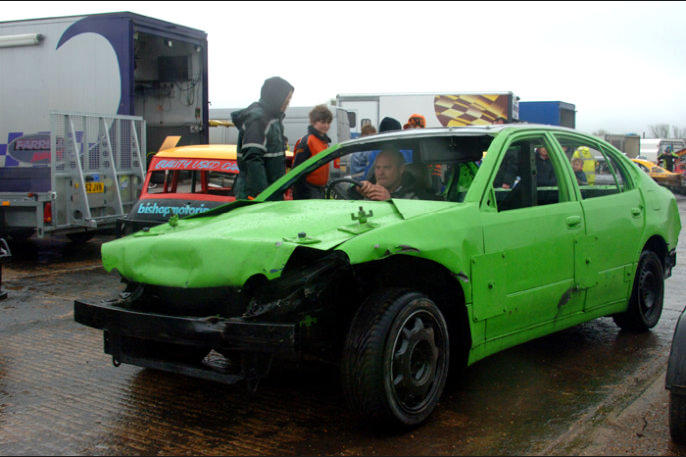
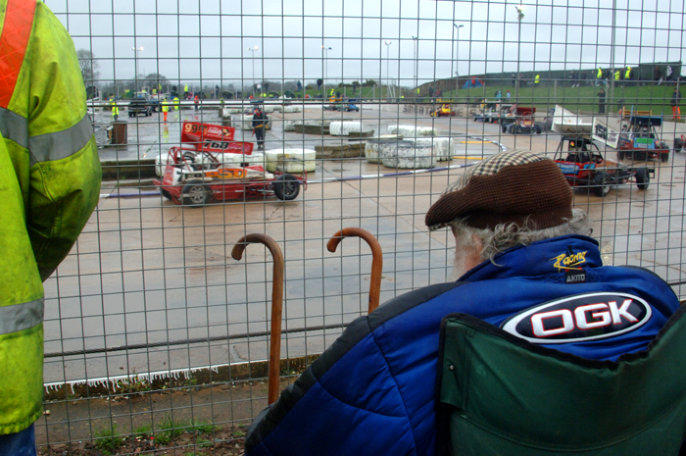
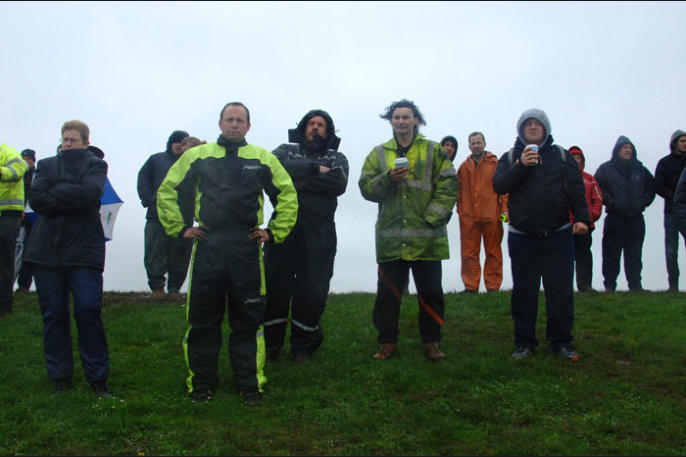
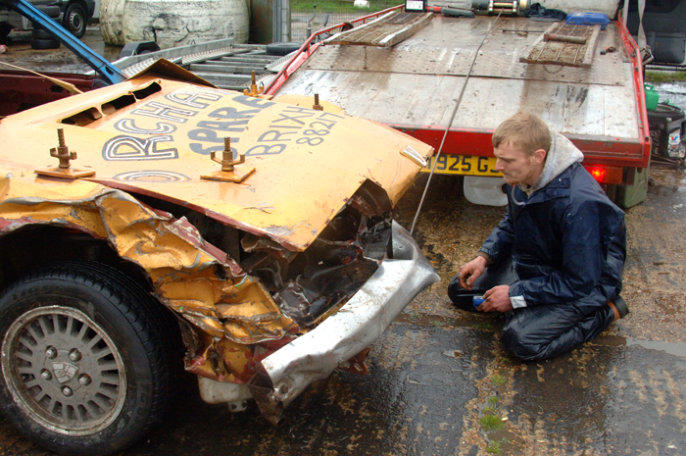
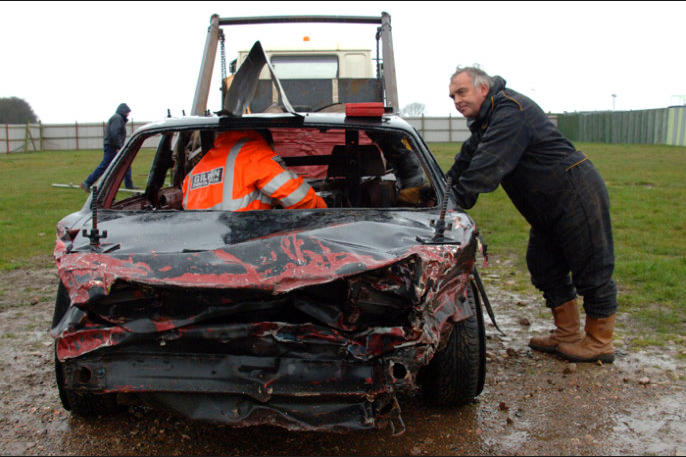
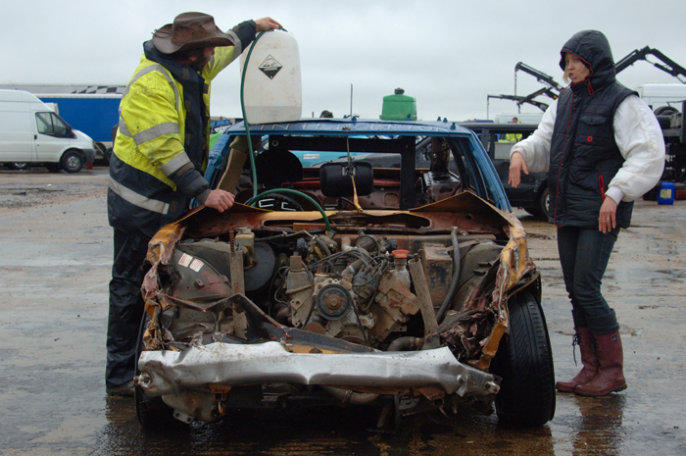
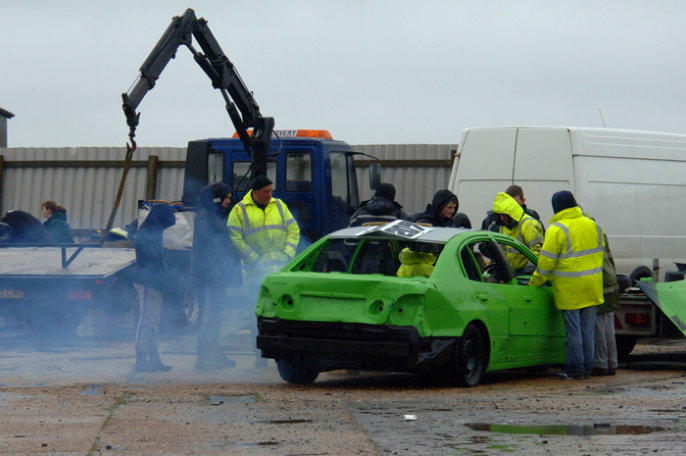
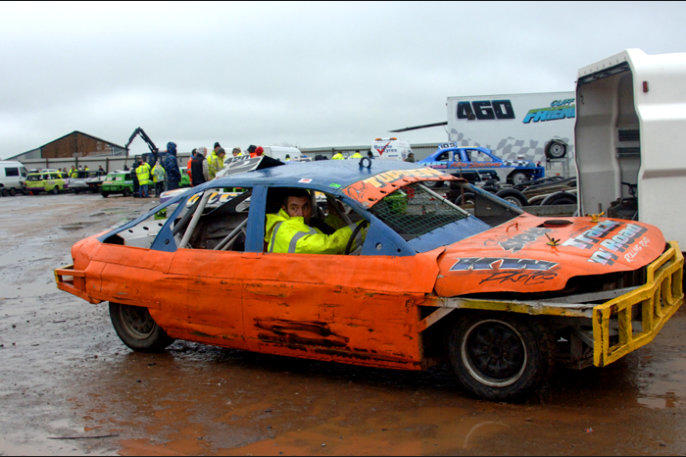
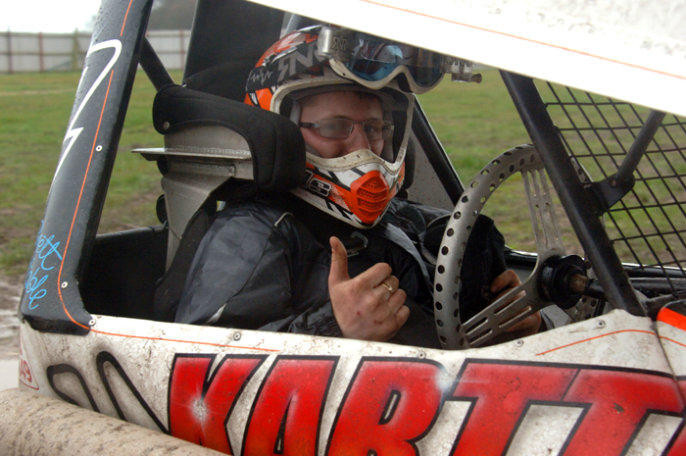
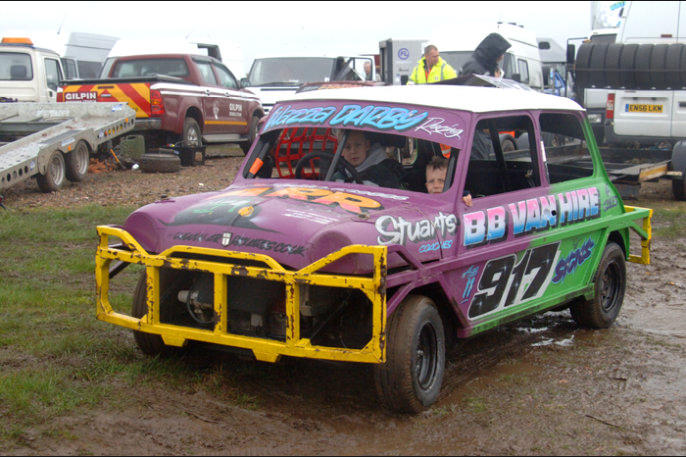
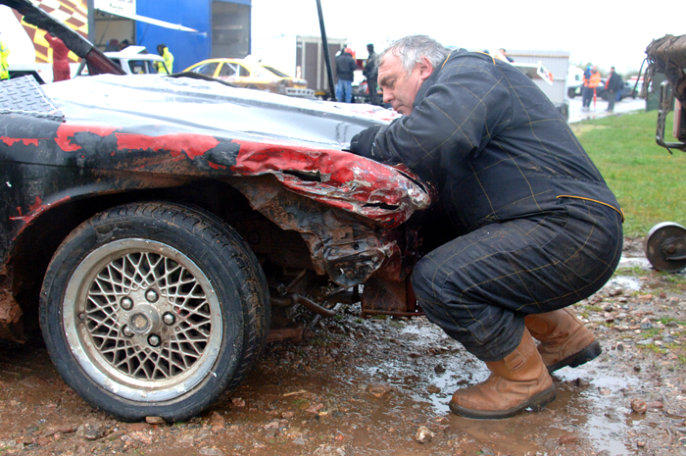
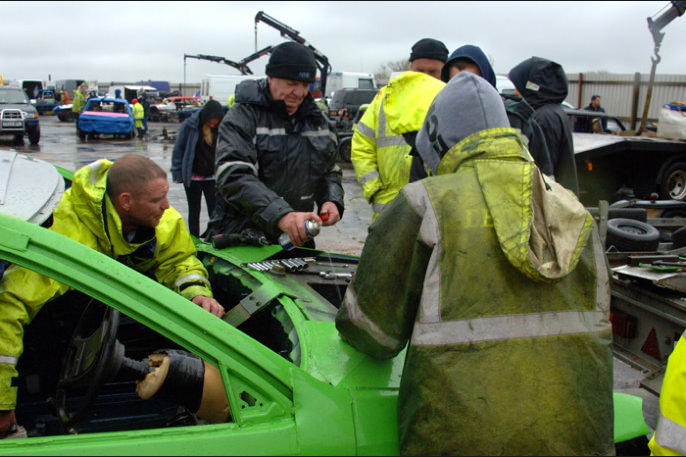

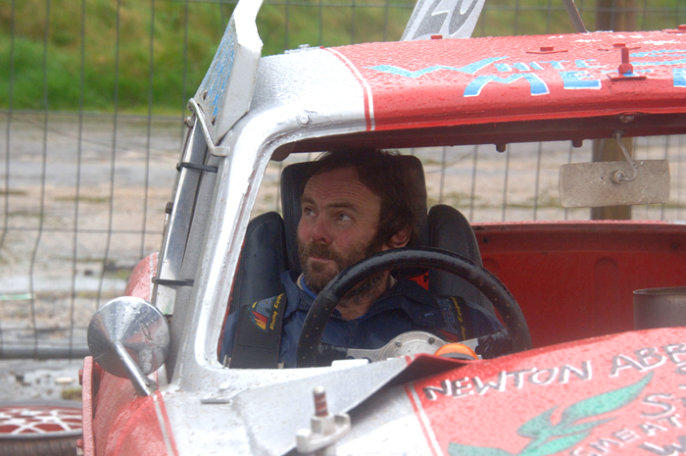
There’s nothing comfortable about getting in and out of banger racing cars with their welded shut doors and heavy roll
cages.
Children take part in races, with the guidance and support of their parents and an entourage of mechanics.
Strong beer is used by banger mechanics on occasion to calm the nerves in the pits. This car was once a luxury
Lexus, retailing at more than £25,000. This was its last race, its engine driven to destruction.
Because the front left steering arm of this early 80s Rover V8 was badly bent in its last race, a sledge hammer was
immediately deployed by one of the team’s mechanics to straighten it in preparation for the last race of the day.
This car was an early 90s Volvo estate but, because of all the damage to the bodywork sustained on the track, a
passer-by had to look hard to see what it was.
I was told by all of the banger racing drivers that I spoke to that adrenaline and nerves have to be controlled before
each race and that each year a few drivers lose their lives to their extreme sport.
Terminally ill Lexus, post race.
The rain poured down all day at Smeatharpe race track but die-hard banger racing fans of all ages remained
undeterred and focussed on every race.
Hot drinks, burgers and plenty of chips were consumed by banger racing supporters on this wet and windy March day,
to warm and strengthen morale.
This Rover V8’s mechanic used the winch on his flat bed lorry to pull out the dent on the front left of his banger
racing 80s classic. The banger racers often run their own car repair work shops which they advertise on their cars.
The driver and his mechanic, prepare this 80s Jaguar for it’s second race of the day. Banger racing cars are often
fitted (as in the case of the Jag) with thick rubber tyre protectors, fabricated from scrap tyres.
With the bonnet removed, the Rover’s 3.5 Litre V8 is exposed and the mechanic can be seen here refilling the car’s
cooling system with water. The abuse that the cars get on the track often leaves them leaking coolant like sieves.
The moment that the Lexus’ mechanics realise that their once expensive luxury tourer-turned-race-car had started to
burn as much oil as petrol. The noise from the car was deafening and the smell, pungent and choking.
Banger racing cars like this one are custom built from the ground up and only race with similar vehicles in a class of
their own. With this type of race car, body panels are roughly welded onto a roll cage chassis that cradles its engine.
I was received warmly at Smeatharpe banger racing circuit, in contrast to the filthy March weather - the rain misted
my lens and ran down my back in a torrent.
There appeared to be no age limit to driving the banger racing cars and I felt guilty for standing in the path of this mini
as the father of the boys shouted on, “Come on, don’t stop, you’ll get stuck in the mud!!!”
The Jaguar’s driver felt inside his car in analysis of its health in much the same way that I have seen farm vets giving
milking cows internal examinations. Examination passed, the car headed out for its second race of the day!
WD40 (light penatrating oil in an aerosol) the ‘cure all’ for wounded engines.
Portrait of the proud driver (between races) of a classic 70s STAG banger racing car (powered by the iconic Rover V8
3.5 Litre) examples of which normally only hit British roads on hot summer days when there isn’t a rain cloud in sight!
Banger racing is said to have started in the early 1960s after it was observed by a race promoter that crashes were
among the most popular features of a race meeting. Drivers began turning out vehicles with very basic preparation -
cars would have their windows removed but often whole interiors would be left inside. Safety regulations began to
improve in the 1980s with bangers being prepared with compulsory 'H frame' roll cages, driver's door plates, and fuel
tanks moved inside the car.
Banger Racing is a tarmac or dirt track racing type of motorsport event popularised in Europe and especially the
United Kingdom, Ireland, Belgium and the Netherlands in which drivers of old vehicles race against one another on a
race track. The race is won in terms of the first car to the chequered flag after a set number of laps. The race tracks
are usually oval and around 440 yards (400 metres).
Banger racing vehicles tend to be scrap cars, but they can be constructed from almost any powered wheeled vehicle
with bizarre versions of the sport using cars towing caravans at special events at some tracks. There are different
events for different vehicle types, often with prizes for the best presented and rarest vehicles. Although Banger Racing
events take place alongside Stock Car Racing, the cars are not Stock Cars - Stock Cars are purpose built armoured
racing vehicles that are more physically demanding than Bangers which retain their factory crumple zones without
traditional 'armouring'.
Banger racing takes place at circuits all over the UK. These photographs were taken, one wet day in March, at
Smeatharpe in Devon. Smeatharpe Stadium is an oval short circuit race track. Roy Goodman, who was one of the
pioneer racing drivers of F1 stockcar racing, acquired part of the World War II Smeatharpe airfield and set up
Smeatharpe Stadium in 1973. During the course of 1973 through to the start of 1974 Roy formed the short oval track
and the inaugural stockcar race was held on April 7th 1974, at the new Smeatharpe Stadium.










